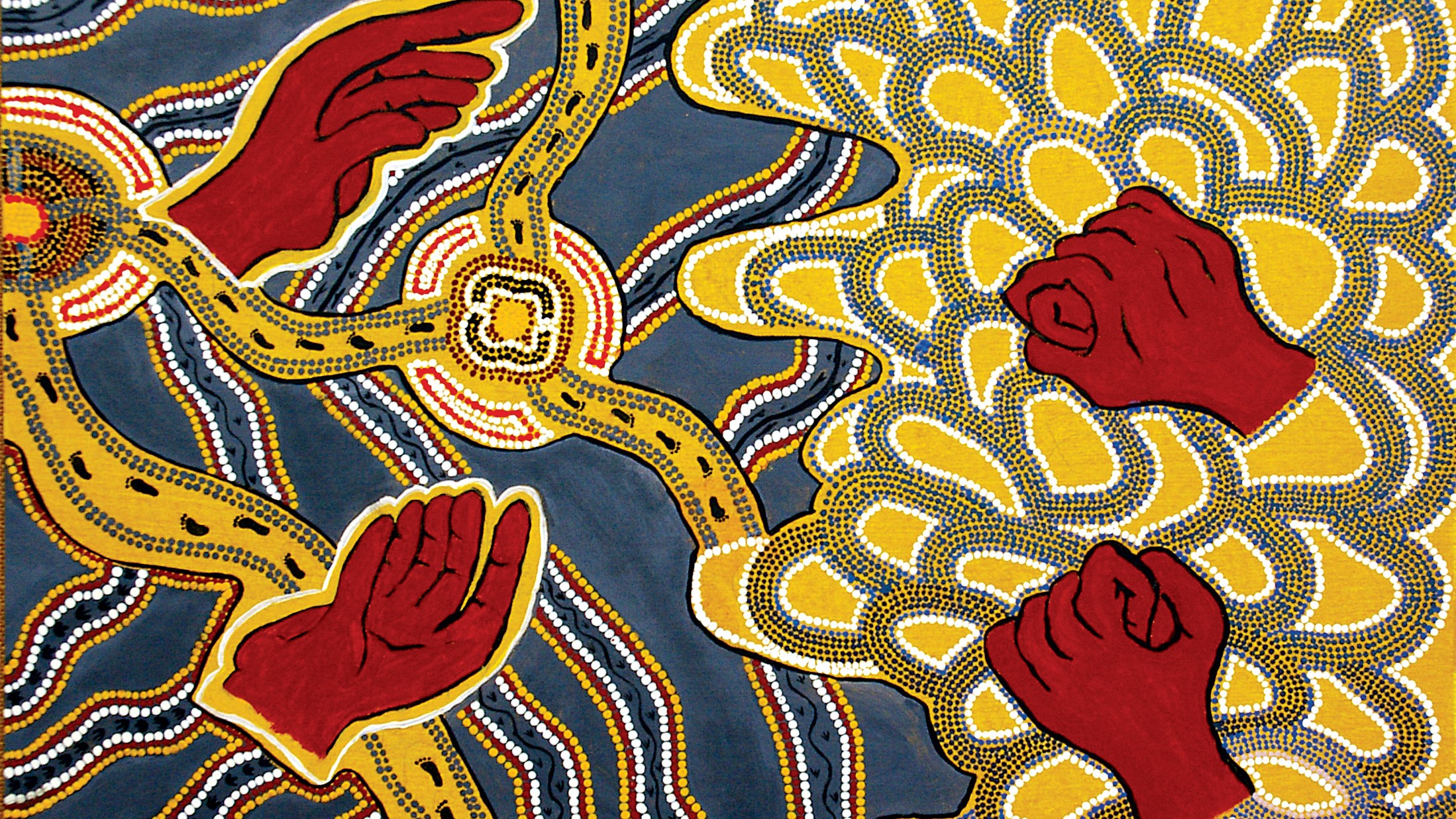Presentation Type
Presentation
Location
The University of Notre Dame Australia, Broome Campus
Start Date
28-8-2018 12:30 PM
Description
Until now, Kimberley Aboriginal people’s involvement with the green economy has been predominately via carbon sequestration projects (fire regime management, tree planting) which are generally funded by government or industry to act as an offset for polluting activities elsewhere. The other common experience for Kimberley Aboriginal people, particularly those living in areas away from electricity grids, has been the development of small scale energy generation projects mostly solar to provide for the electricity needs of small groups of households and remote communities, via programs like Bushlight run by the Centre for Appropriate Technology. Australia may soon witness a dramatic increase in the number of larger scale renewable energy projects. Areas of land in regional and remote areas that have few competing interests or uses and with strong sunshine or wind or both will prove very attractive to investors. We propose that the Kimberley region and particularly traditional owners with registered or determined native title claims are well positioned to take advantage of this growing industry. Our presentation will draw on the considerable literature relating to agreement making with Indigenous people in Australia, which to date has referred largely to extractive industries. It will identify best practice standards in agreement making in Australia, and then consider the different kinds of challenges that renewable energy developments of a large scale might present.
Recommended Citation
O'Neill, Lily and Thorburn, Kathryn, "How can traditional owners benefit from the transition to a green economy?" (2018). Talking Heads Seminar Series. 6.
https://researchonline.nd.edu.au/nulungu_talkingheads/2018/schedule/6
How can traditional owners benefit from the transition to a green economy?
The University of Notre Dame Australia, Broome Campus
Until now, Kimberley Aboriginal people’s involvement with the green economy has been predominately via carbon sequestration projects (fire regime management, tree planting) which are generally funded by government or industry to act as an offset for polluting activities elsewhere. The other common experience for Kimberley Aboriginal people, particularly those living in areas away from electricity grids, has been the development of small scale energy generation projects mostly solar to provide for the electricity needs of small groups of households and remote communities, via programs like Bushlight run by the Centre for Appropriate Technology. Australia may soon witness a dramatic increase in the number of larger scale renewable energy projects. Areas of land in regional and remote areas that have few competing interests or uses and with strong sunshine or wind or both will prove very attractive to investors. We propose that the Kimberley region and particularly traditional owners with registered or determined native title claims are well positioned to take advantage of this growing industry. Our presentation will draw on the considerable literature relating to agreement making with Indigenous people in Australia, which to date has referred largely to extractive industries. It will identify best practice standards in agreement making in Australia, and then consider the different kinds of challenges that renewable energy developments of a large scale might present.



